New $5 bill replaces kings and queens with First Nations theme
The new theme for the $5 note has been revealed, swapping out the traditional use of British royalty to celebrate Aboriginal and Torres Strait Islander peoples’ ancient ‘Connection to Country’
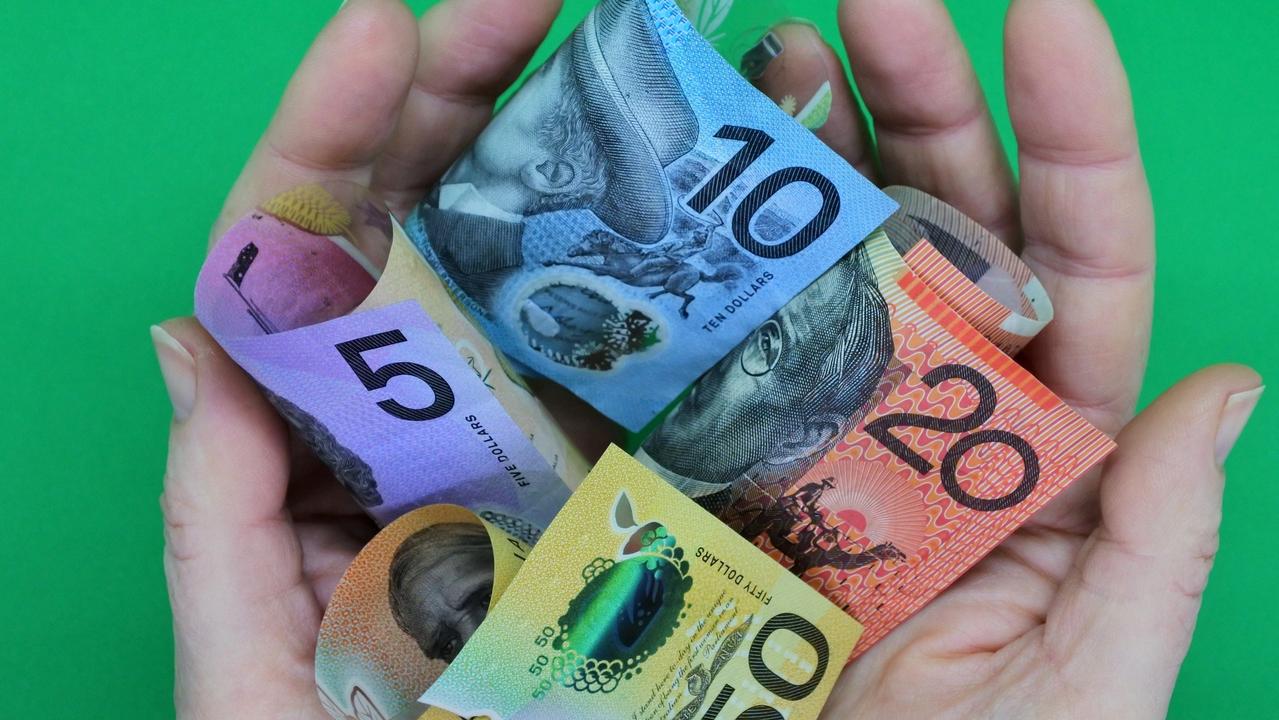
READING LEVEL: GREEN
The next Australian $5 bill will sport a First Nations theme and replace the longstanding* tradition of featuring a portrait of the sitting British monarch*, the Reserve Bank of Australia (RBA) has revealed.
Since 1992, Queen Elizabeth II featured on the smallest Aussie note, but the next design will not feature King Charles III.
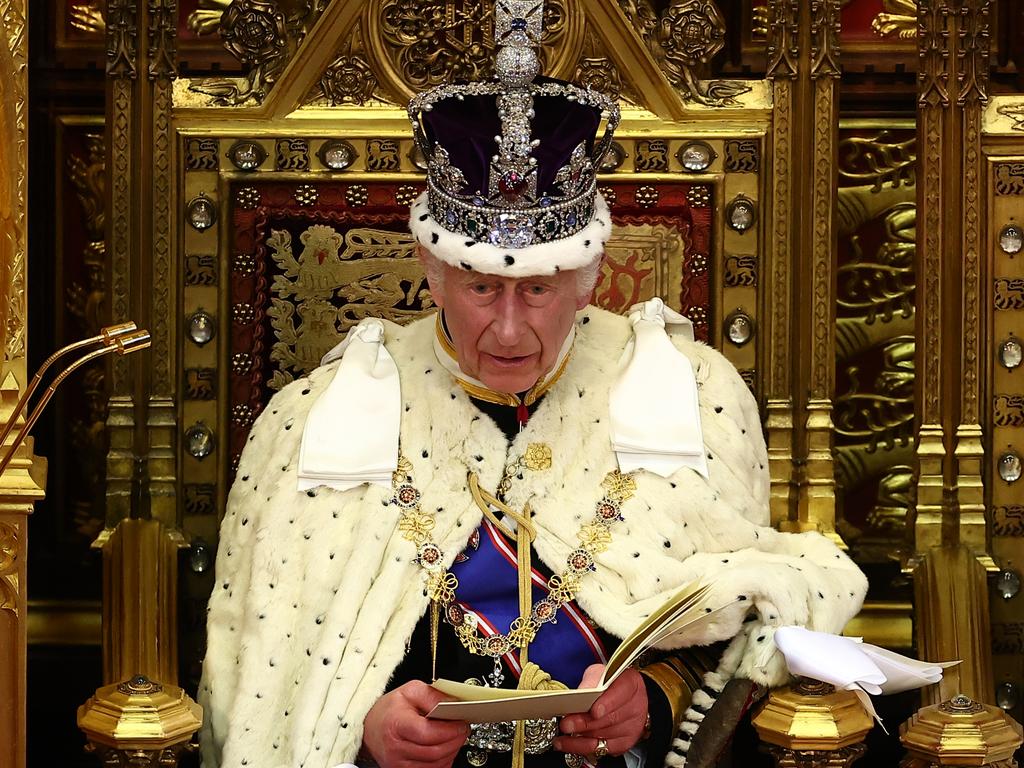
The RBA said the theme of the new banknote, called Connection to Country, would focus on the significance of Country to Aboriginal and Torres Strait Islander peoples and represent “the enduring, emotional, spiritual and physical connection of First Nations peoples to Country.”
“Country is the land, the waters and the sky,” the RBA said in a statement.
“Key to this theme is the recognition of First Nations communities’ contribution to the restoration* and conservation* of our environment.
“An important context* for this connection is the overturning of the concept of terra nullius*,” the RBA continued.
“In acknowledging connection and caring for Country, the theme should be inclusive, recognising the nature of Country varies, but it is all connected.”
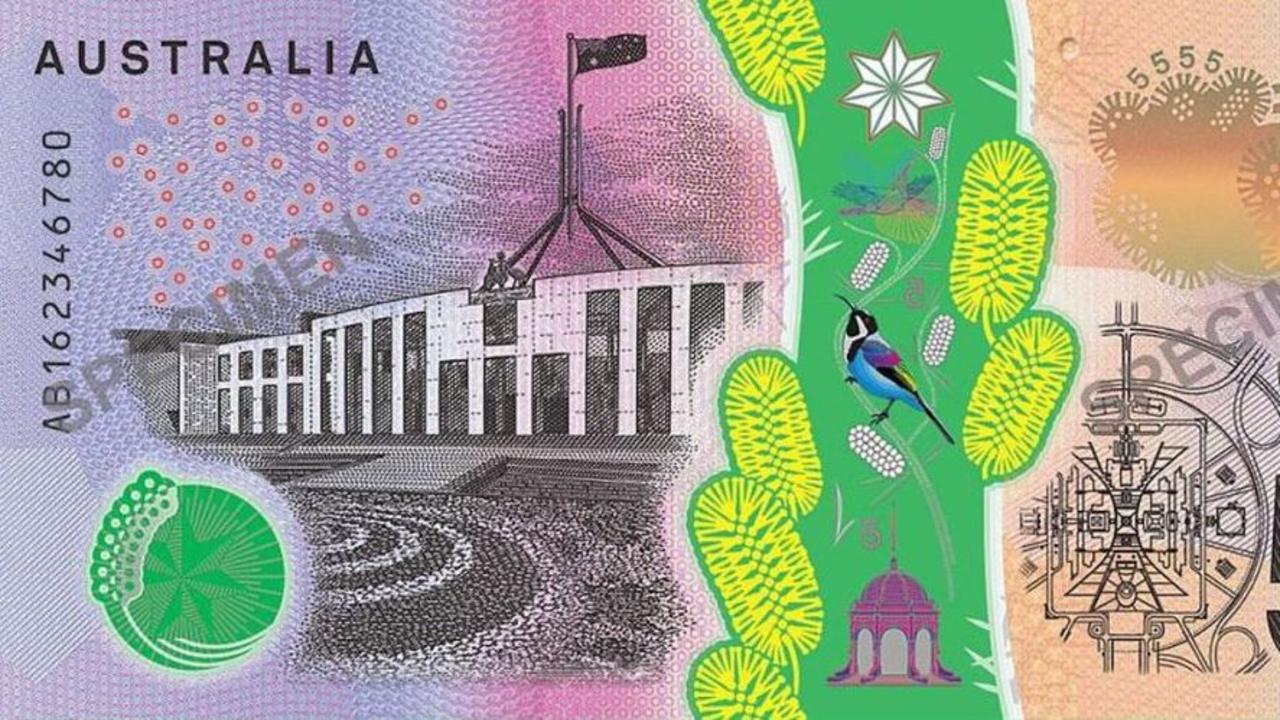
More than 2100 submissions were made by the Australian people for the new design and the decision followed extensive consultation with Indigenous communities, with RBA staff travelling to Alice Springs, Bathurst, Broome, Cairns, Darwin, Hobart, Orange and the Torres Strait to engage* First Nations representatives.
The RBA said the updated banknote was an opportunity to represent what makes Australia so special – its Indigenous peoples, members of the oldest continuous culture* in the world – and therefore it should “avoid being tokenistic* or stereotypical”.
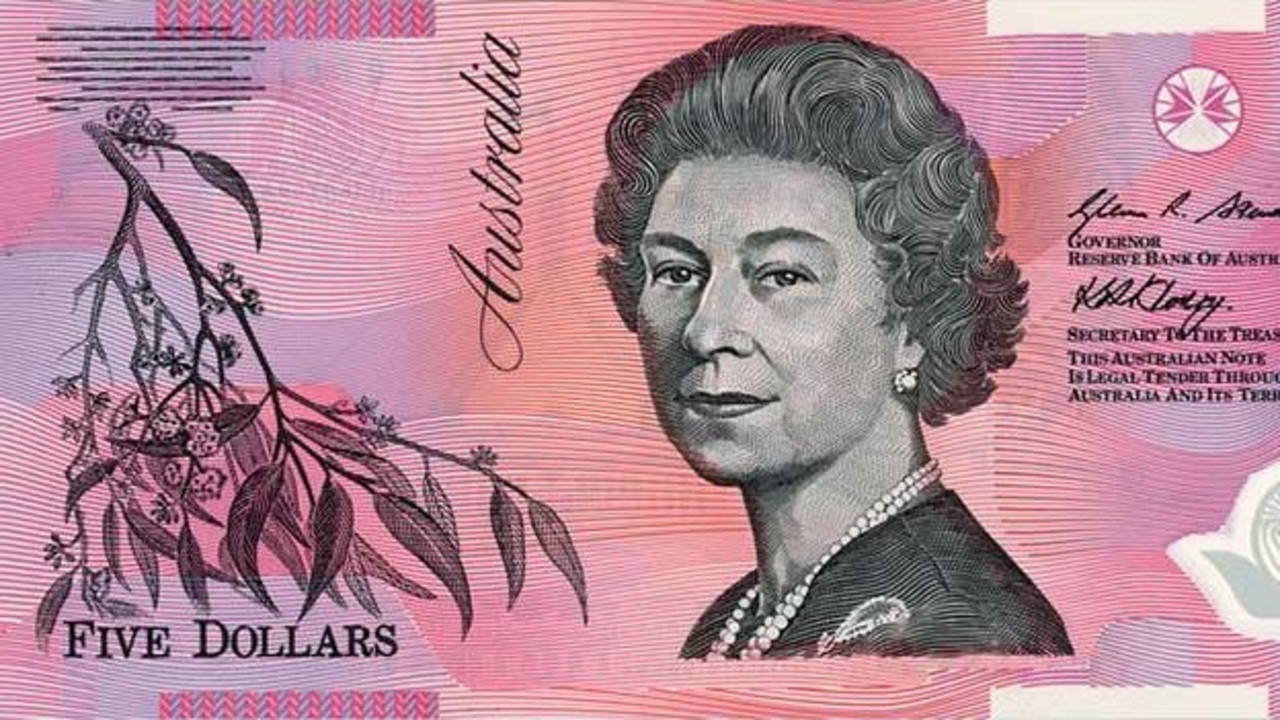
A final design was yet to be confirmed for the banknote, but Canberra’s Parliament House will remain.
The $5 bill wasn’t the only piece of cash that featured the late Queen Elizabeth II.
She also appeared on the $1 note between 1966 and 1984.
In 2023, following the death of Queen Elizabeth, the RBA announced it would redesign the note in a way that “honours the culture and history of the First Australians.”
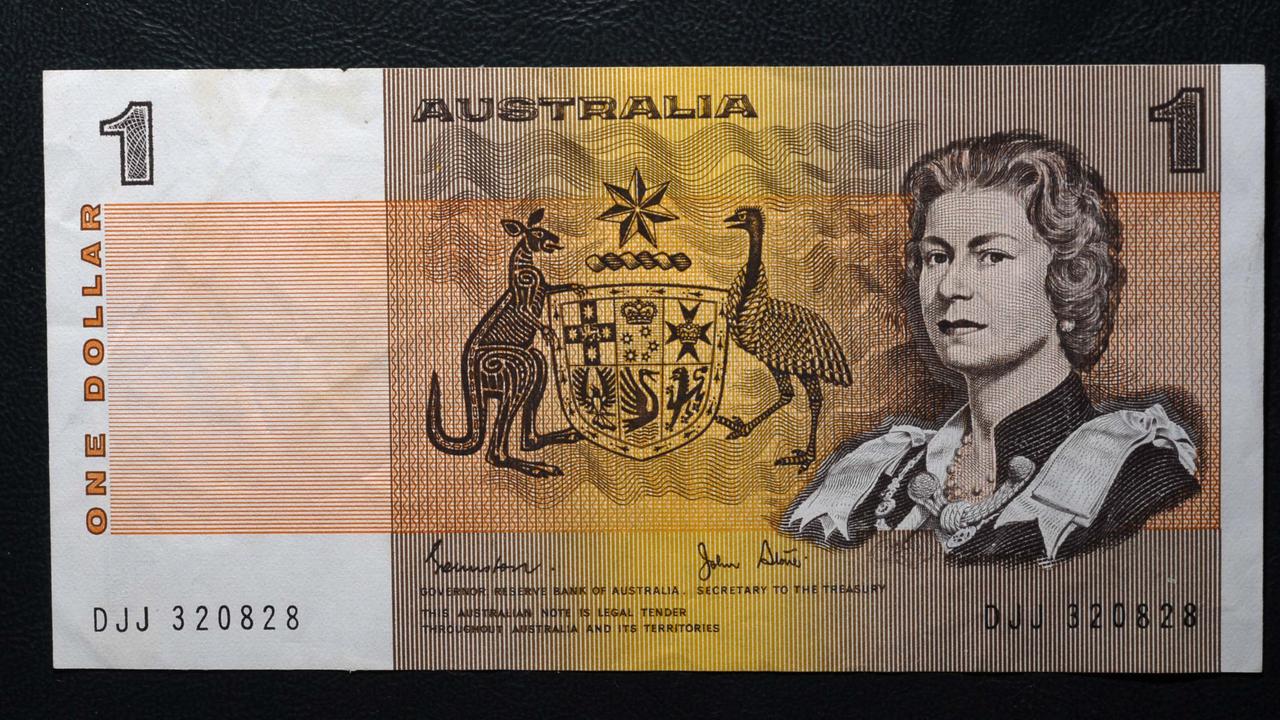
Correspondence released under Freedom of Information* show that former RBA Governor Philip Lowe wrote to Treasurer Jim Chalmers about the future of the banknote in October 2022 soon after the death of Queen Elizabeth II.
In the letter, Dr Lowe said he was “seeking the Australian Government’s view on whether or not a portrait of King Charles III should replace that of Queen Elizabeth II.”
“ … If the Government’s view is that the monarch should no longer be on Australia’s banknotes, the Bank will explore a new design that honours the culture and history of the First Australians” Dr Lowe said.

Replying in December 2022, Dr Chalmers wrote: “of these two options presented by the Bank, the Government would be comfortable with a new design that honours the culture and history of First Australians, assuming a proper process for inclusive consultation is undertaken.”
Circulation of the new banknote was expected to begin in several years.
POLL
- GLOSSARY
- longstanding: established or happening for a long time
- monarch: sovereign head of state, like a king, queen or emperor, a person who reigns over a kingdom or empire
- restoration: act of returning something to its former condition
- conservation: avoiding the unnecessary use of Earth’s natural materials such as wood, water, or fuel
- context: set of facts or circumstances that surround a situation or event.
- terra nullius: a Latin term meaning “land belonging to no one”, the legal concept used by the British government to justify the settlement of Australia
- inclusive: creating a sense of belonging for everyone, recognising and valuing the diversity of individuals and groups
- engage: capture the attention and interest
- oldest continuous culture: according to archaeological evidence, Aboriginal and Torres Strait Islander peoples have been living on this land for at least 65,000 years
- tokenistic: practice of making only a token effort or doing no more than the minimum, especially in order to comply with a law
- stereotypical: with the qualities that people usually expect of a particular type of person or thing
- Freedom of Information: according to the Office of the Australian Information Commissioner, The Freedom of Information Act 1982 (FOI Act) gives you the right to request access to government-held information, including information they hold about you or about government policies and decisions
EXTRA READING
Penny dropped by Trump cost cut
$1 and $2 notes worth big money
QUICK QUIZ
- Which note will feature the “Connection to Country” theme?
- In what year did Queen Elizabeth II begin to feature on that denomination?
- Which other denomination also featured a portrait of the late Queen Elizabeth II and in what years?
- What is the significant building that will continue to appear on the $5 banknote?
- The RBA said overturning which concept was an important context?
LISTEN TO THIS STORY
CLASSROOM ACTIVITIES
1. Design the new $5 note
Using all the information from the Kids News story on the requirements for the design of the new $5 note, create your own design for this new note with the theme, “Connection to Country”.
Draw your $5 note below and write a paragraph explaining your design.
Time: allow 20 minutes to complete this activity
Curriculum Links: English, Visual Arts, History, Personal and Social, Critical and Creative Thinking
2. Extension
Do you agree that our Australian currency should represent more of our First Nations cultures rather than the British monarchy or King Charles? Explain your answer.
Time: allow 10 minutes to complete this activity
Curriculum Links: English, History, Personal and Social, Critical and Creative Thinking
VCOP ACTIVITY
Summarise the article
A summary can be a really good way to grab the main idea plus some key points in the article as a highlight. Think of the summary like a little advertisement or extract you could use to encourage people to read the article in detail. You want to give them an overview of the article that includes the main idea (being able to tell the audience what the article is about in one sentence), plus a few of the key points of the information.
Remember to re-read your summary to check that it is clear, concise and makes sense to the audience who haven’t read the article yet. You need to make language choices that allow you to explain the information in only a few sentences.

